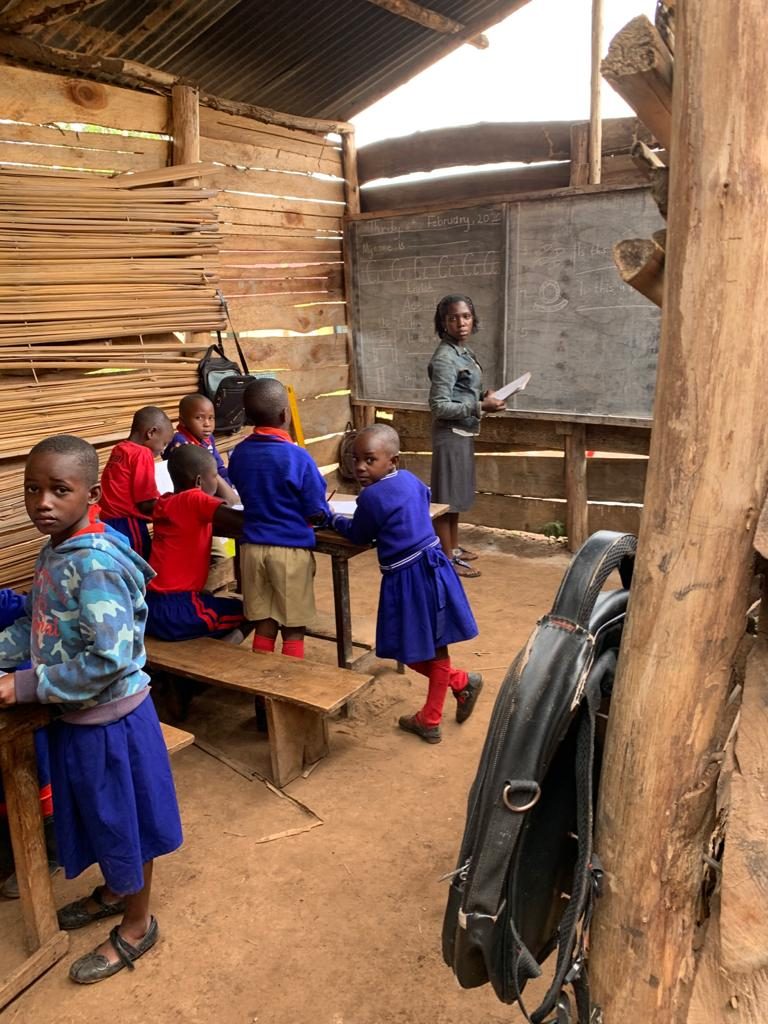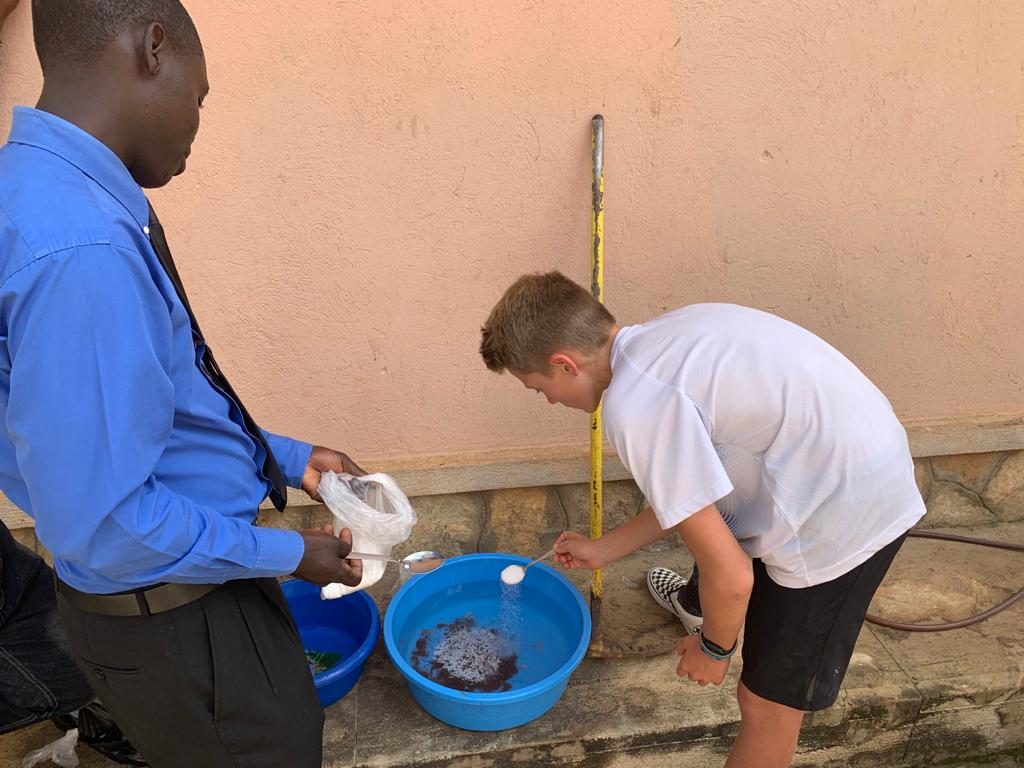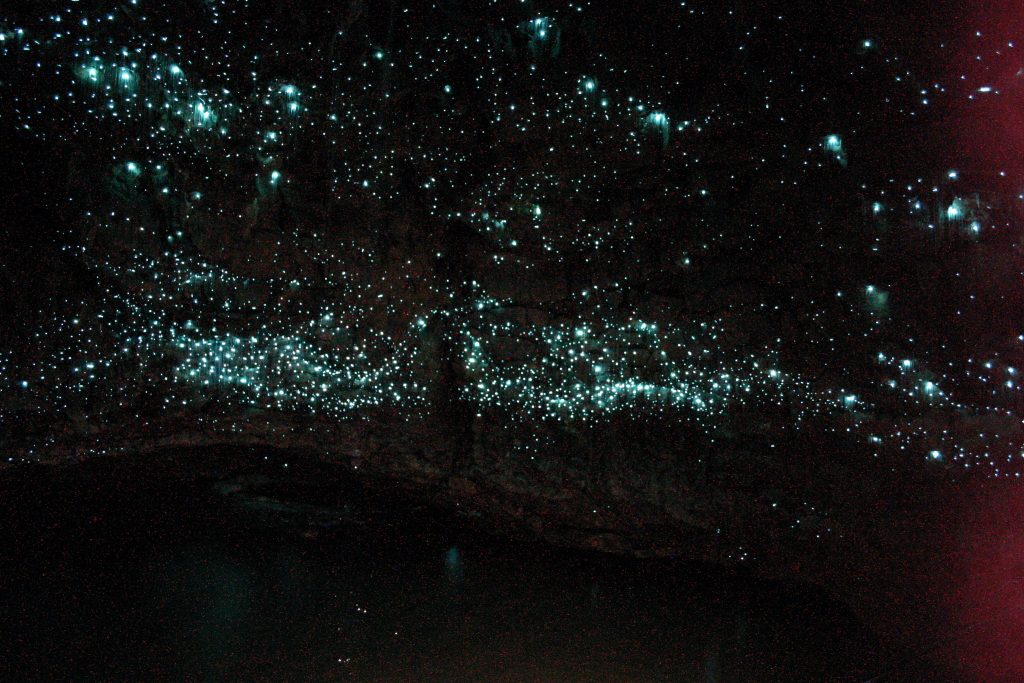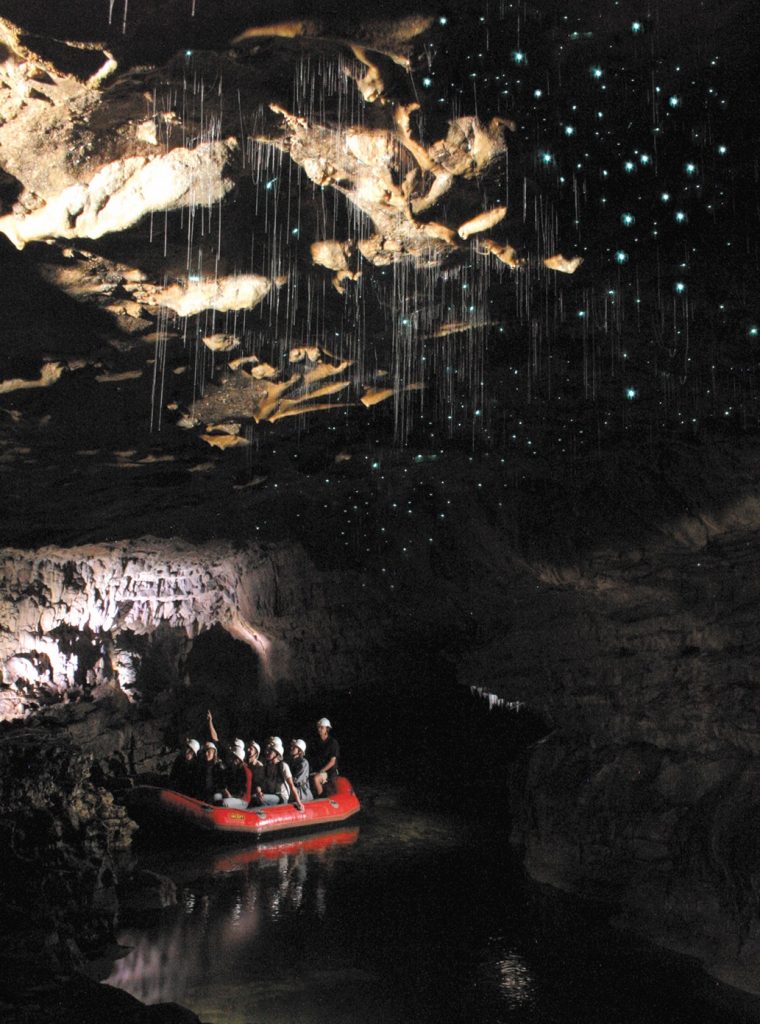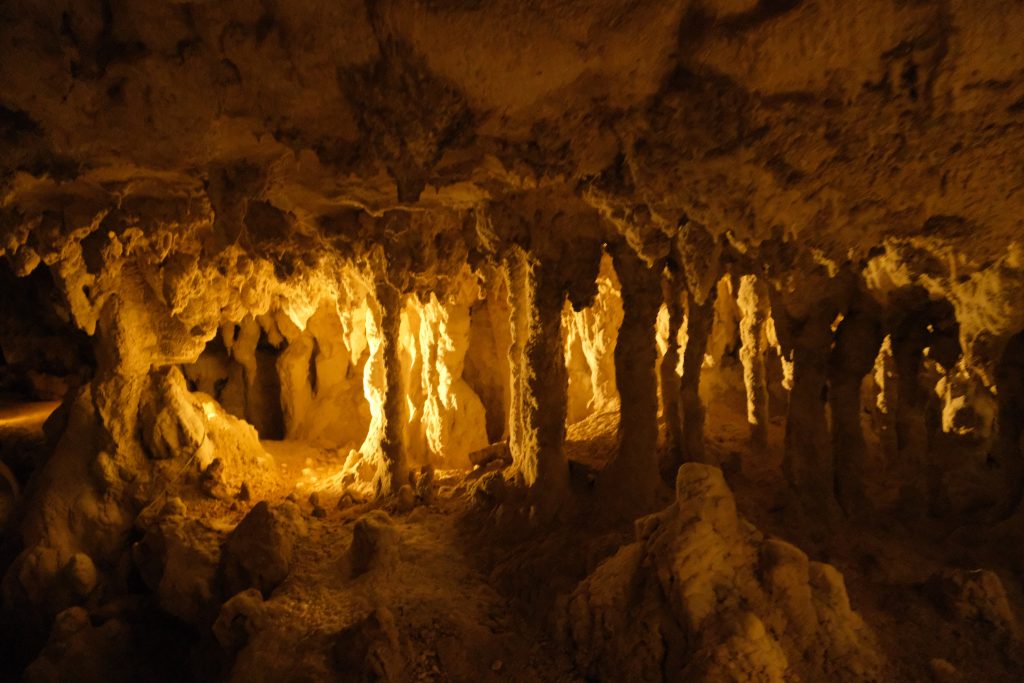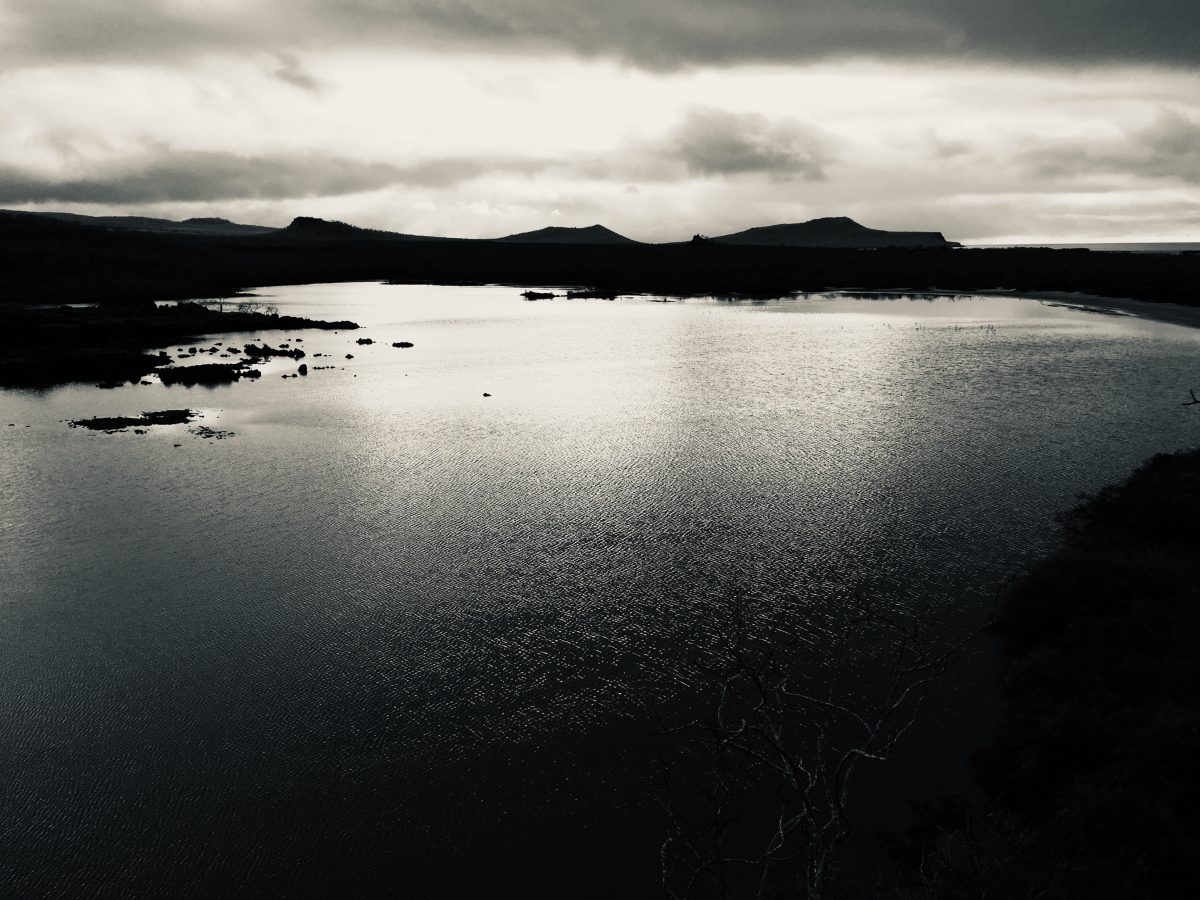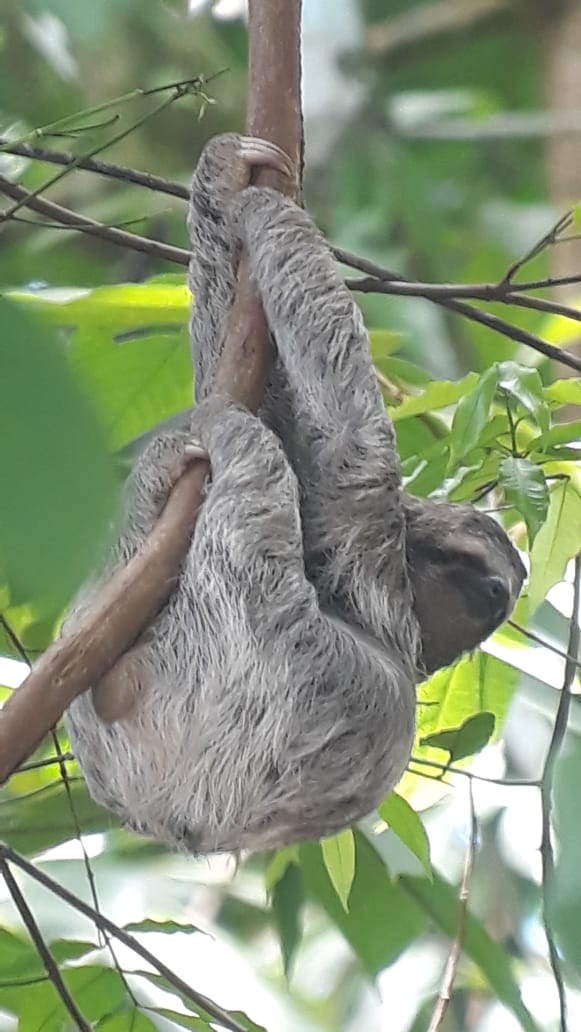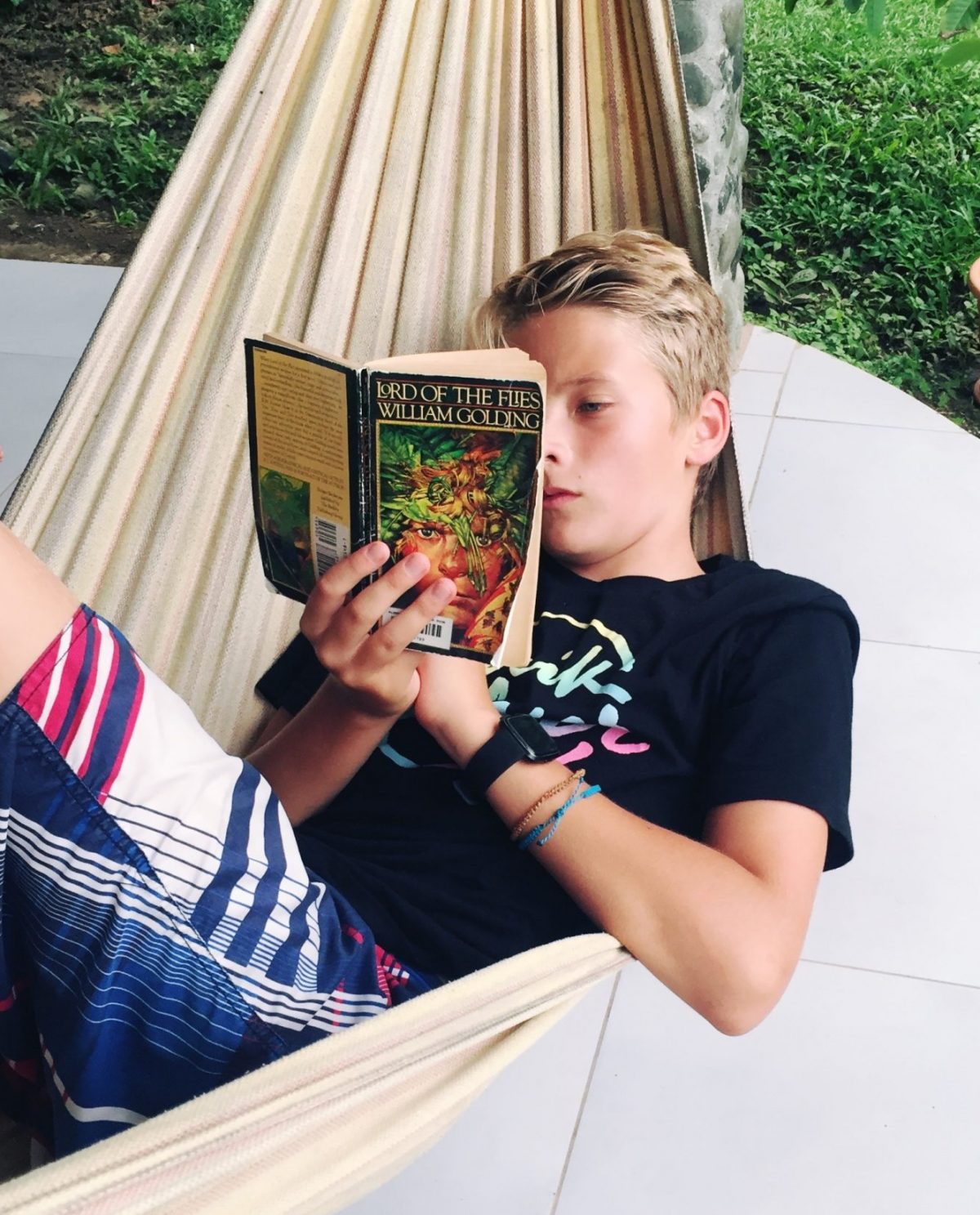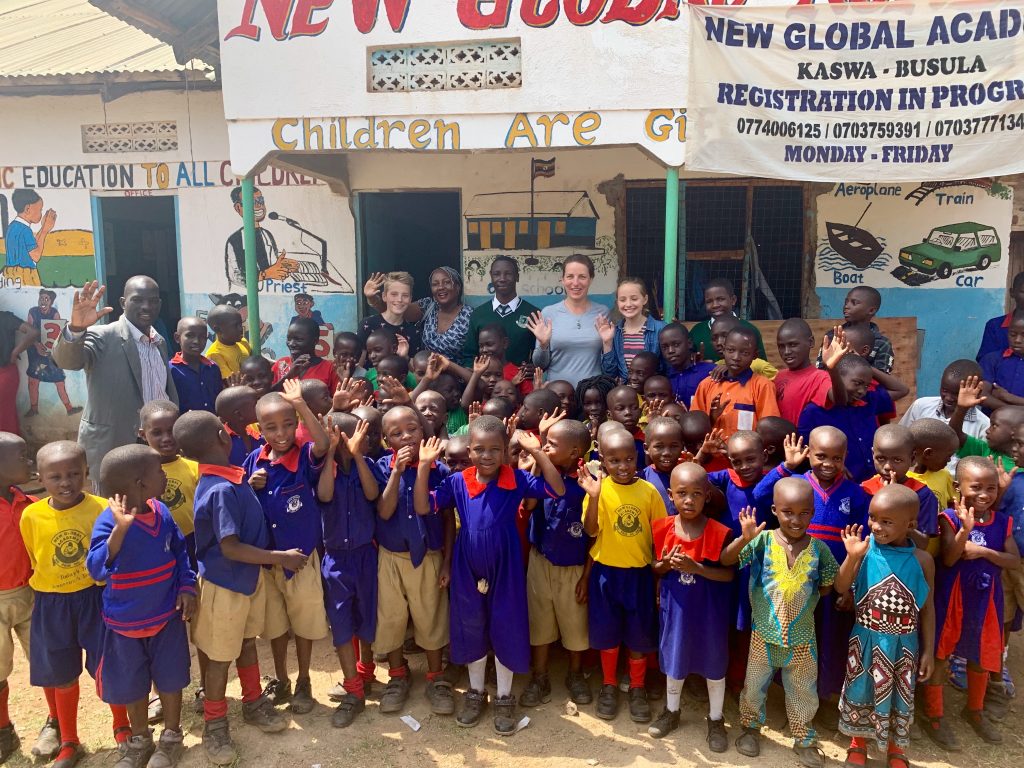
Feb 15 2020
By Haakon
One week later I can tell you how the idea of our soap project took shape and turned into a community commitment
First, we thought about what type of soap, and settled on liquid soap because the latrines and sinks are outdoors so that bar soap would turn to mush in the rain. With the help of the the local Rotary Interactor youth group coordinator connected us with Denis (a commercial soap maker) who gave us a procedure for liquid soap. Our Kampala Rotary contact was able the obtain the ingredients and bring them to the village. Denis then came out to Nsawo and taught the three of us how to make liquid soap. After learning the procedure, we brought our first batch (a 20L jerry can) to the clinic and taught the staff how to make it. Two days later we went to the local high school where we taught the chemistry teacher and 100 chemistry students how to make it along with what chemical reactions where happening while making it.
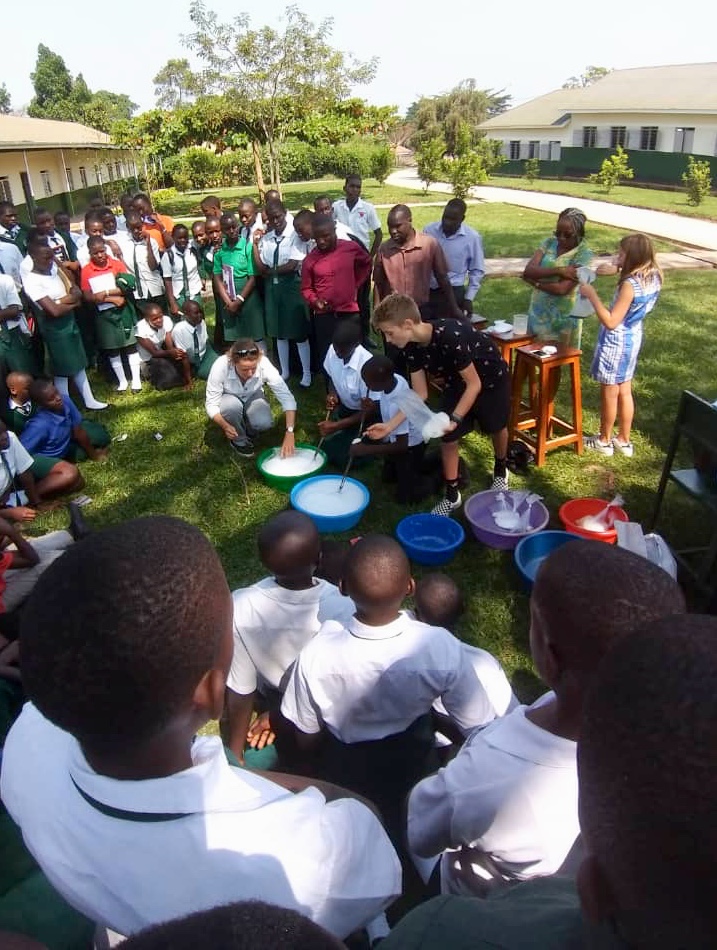
The next day, on valentine’s day, together with two of the Rotary Interactor students in the chemistry class we had taught, we went to one of the three primary schools (ages 3-12) to deliver the soap and show why it was important. At first the youngest students were running around while yelling “masungo” (the name for white people here) and not giving us the slightest chance to talk but that changed when we pulled out a box of chocolates and handed them a valentine. Once all the kids were quiet and contently sucking on their chocolate, we got on top the concrete stoop in front of the school and put on our How-germs-spread skit. First my mom acted like she had gone to the bathroom and had gotten germs on her hands (a squirt of peanut butter) but wait there was no soap or water to wash her hands so she walked back to class. She then asked the teacher (one of the high school students) for an orange the teacher said yes, so my mom took an orange and got her germs on it before asking me to help her peel it. When I peeled it, I got the “germs”; then my mom borrowed someone’s pen; then took a sip of somebody’s tea; then played a hand game with my sister, Siri; then I went to the hand pump and got the germ I had picked up from her on the handle of the pump. Soon all of us had the germs (peanut butter) all over our hands and the kids seemed to get the point and laughed too. After the skit we explained the importance of good hand hygiene to the kids and the local high schoolers told the kids about making the soap and their commitment to continue to make and supply the school with soap. We also shared procedures for making bar soap by creating lie from ash, which all households have from their cooking fires. Then all the villagers need to do is add rainwater and fat/oil. The Chemistry class is going to work out the proportions
We completed everything we wanted to and now all that’s left to do is generate adequate funding to keep soap supplies going to Nsawo. So, I made a GoFundMe page with a goal of $250 (enough money to keep soap going to Nsawo’s three primary schools for a year). It would be greatly appreciated by us and everybody in Nsawo if you would donate.
